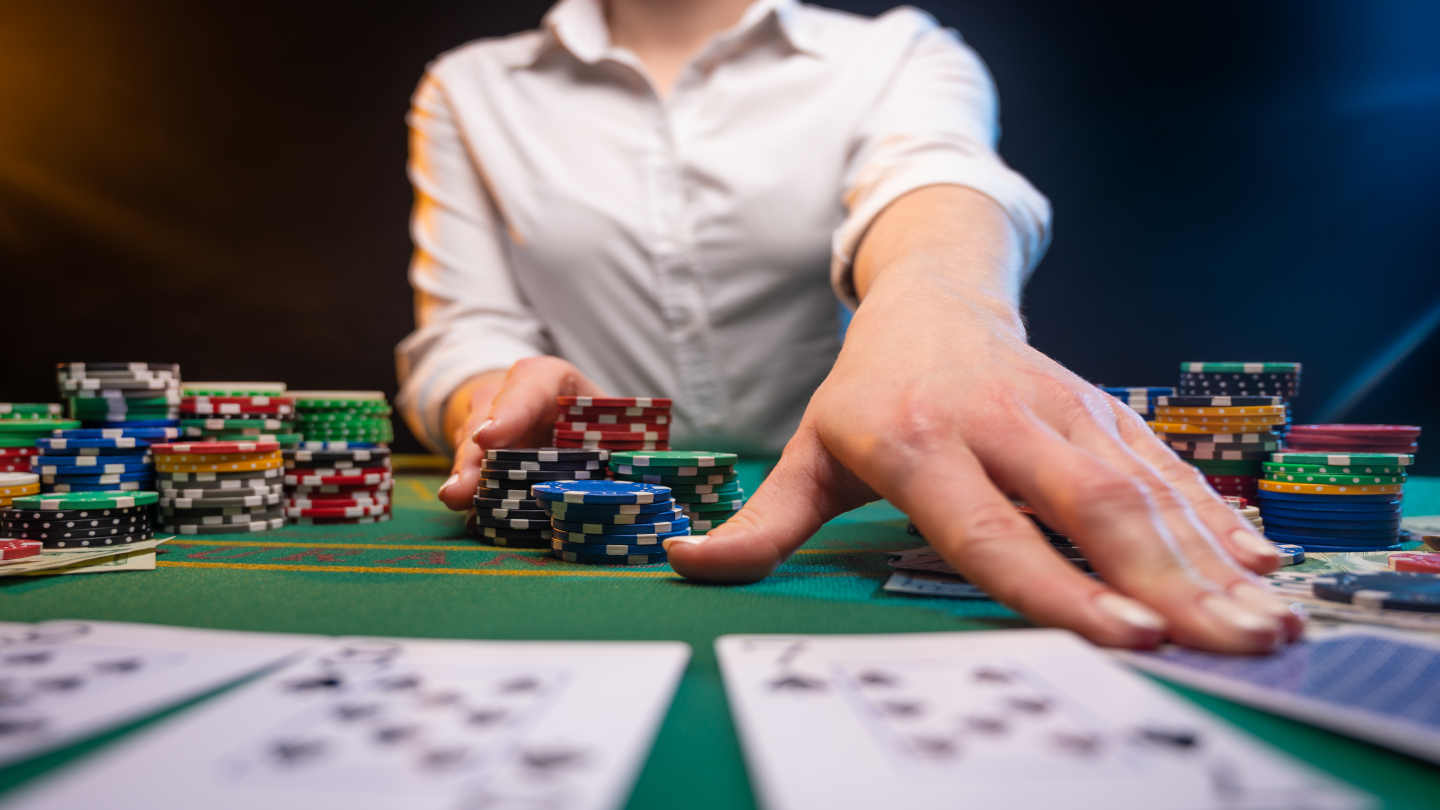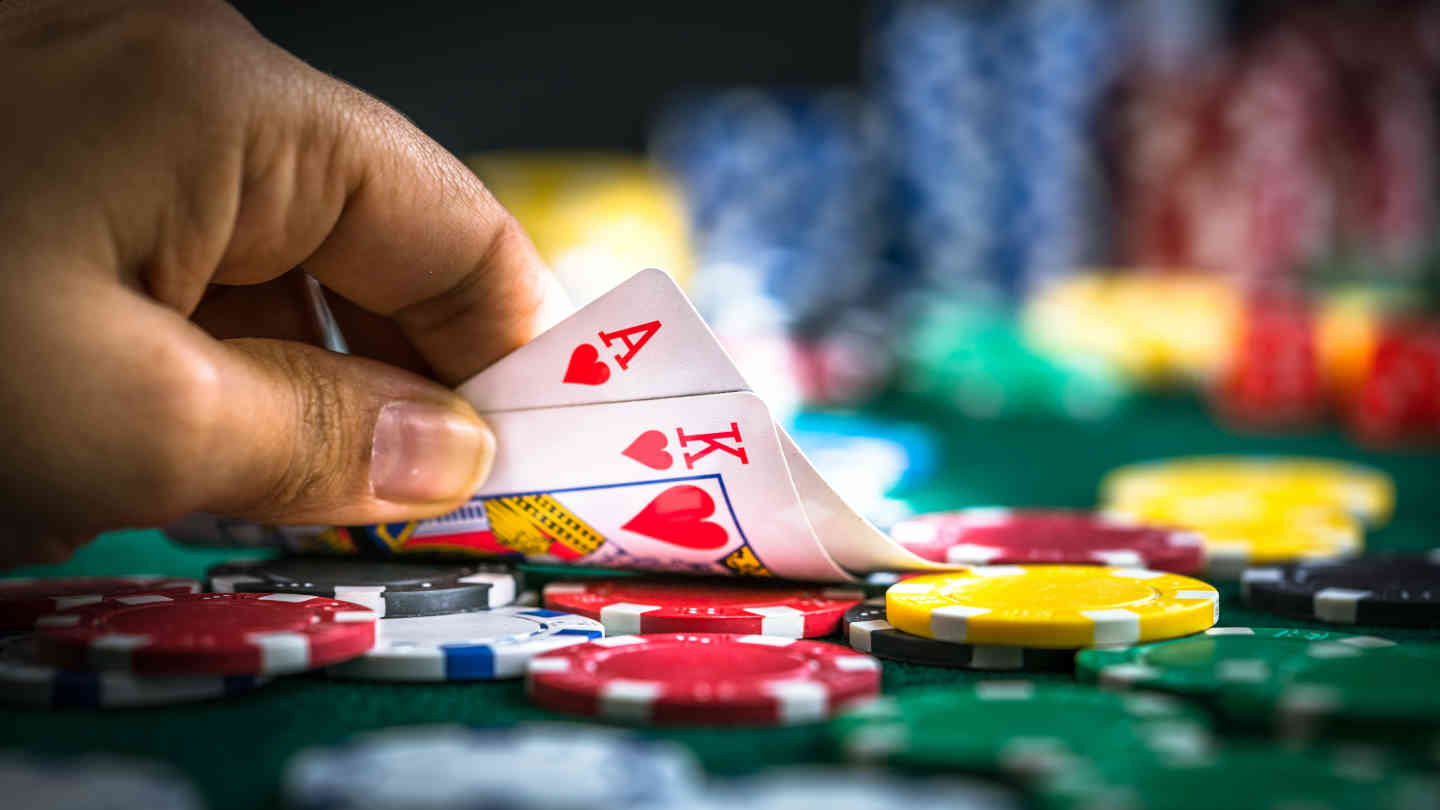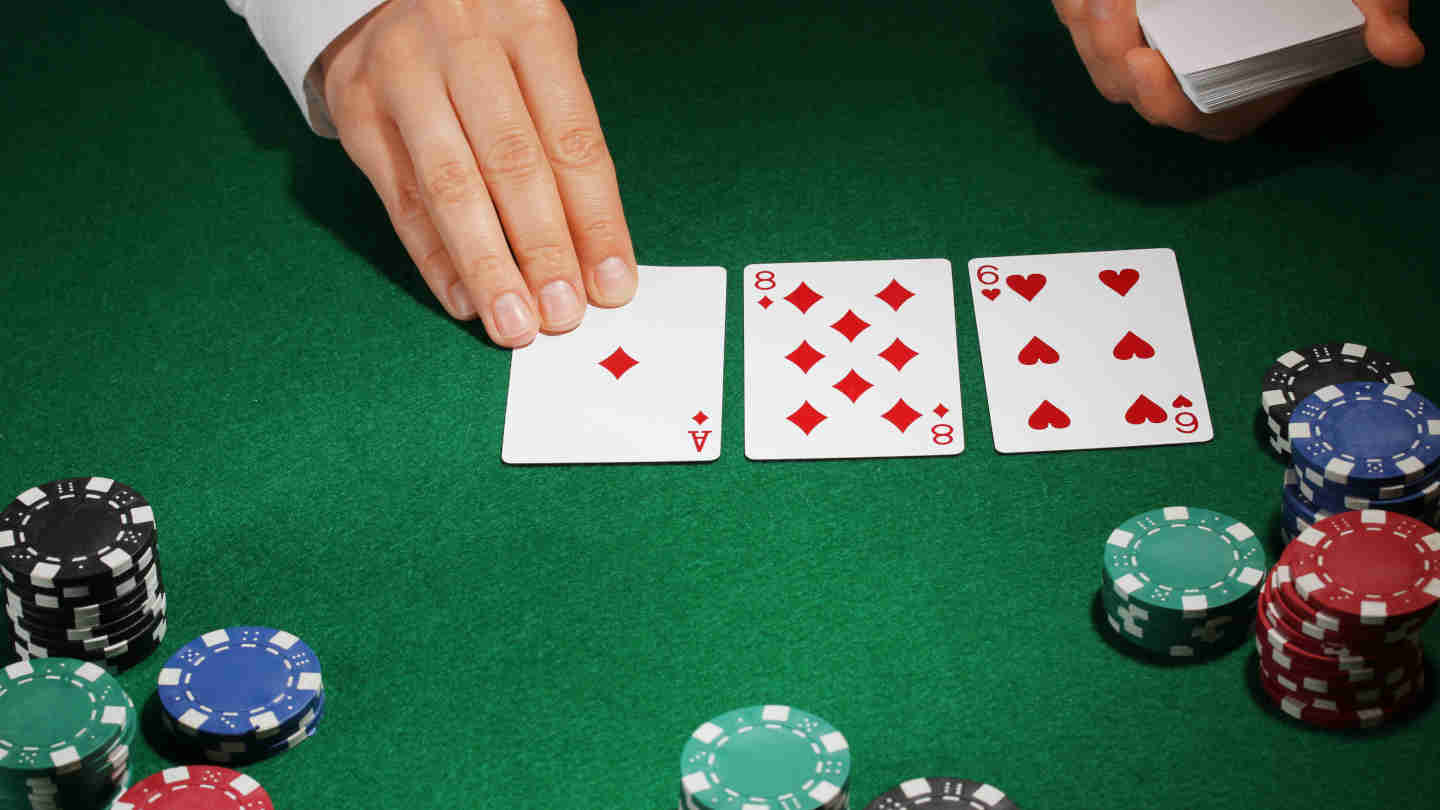What Is Fold Equity in Poker and How to Use It?

8 minutes
In poker, players make decisions based on the likelihood of winning a hand.
However, there are situations in which a player may not have the best hand but still win the pot. In these spots the concept of fold equity poker plays a crucial role.
Fold equity is a concept that poker players use to assess how likely their opponent is to fold to a bet.
This article will explore the idea of fold equity in poker, including how to calculate it, when to use it, and how to maximize its effectiveness.
Fold Equity in Poker in a Nutshell
Fold equity is a concept that refers to the probability that an opponent will fold their hand when faced with a bet or a raise.
Essentially it is the value that a player gains from their opponent’s potential to fold.
This concept comes into play when a player recognizes that their poker hand is not likely to win at showdown, but they still have the option to win the pot by getting their opponent to fold with a bet.
The higher the likelihood of their opponent folding, the greater the player’s fold equity is. In other words, the higher the chance of your opponent folding, the more equity in the pot you gain.
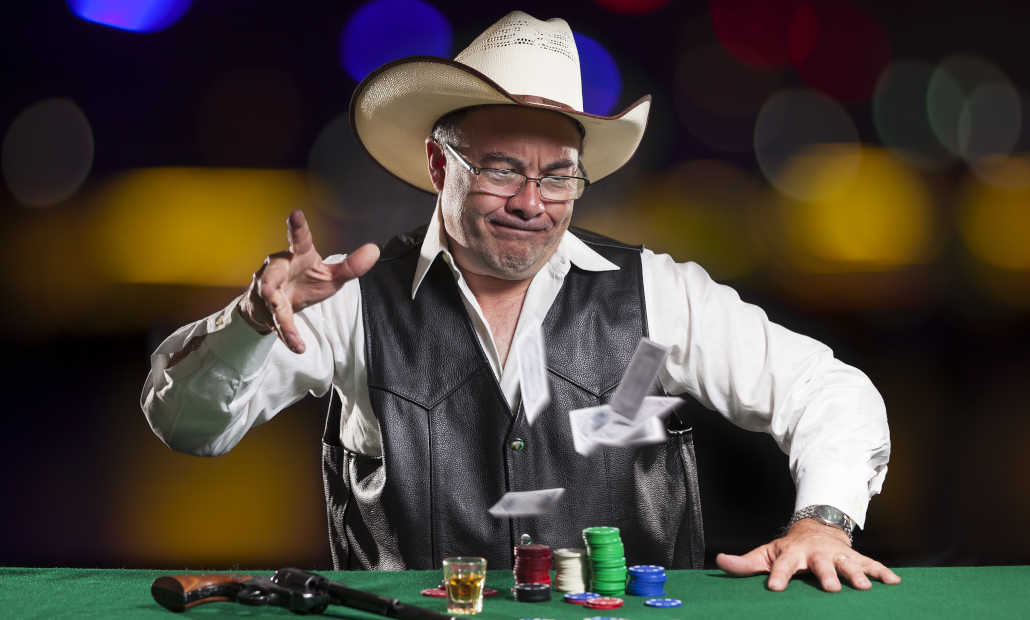
For example, if there is a 50% chance that your opponent will fold to your bet in a $500 pot then you have 50% fold equity that is worth $250.
So, the more fold equity you have, the more leverage you have in a hand and the likelier you are to win the pot without showing your cards.
Why is Fold Equity Important in Poker?
Fold equity is an extremely important concept in poker because it allows you to determine whether your bluff will be profitable or not.
Good poker players use fold equity to adjust their approach and make the highest EV decision.
Basically, if your hand has no equity when called, your fold equity must be higher than the risk-to-reward ratio of your bet.
To calculate the risk-reward-ratio you need to divide your bet size by the sum of your bet size and pot size before the bet and multiply the result by 100.
- (bet size / (bet size + pot size before the bet)) x 100
Or
- (B / (B +P)) x 100
Here is an example of how you can calculate your risk-reward-ratio if you bet $100 into a $200 pot:
- (100 / (100 + 200)) x 100 =
- (100 / 300) x 100 =
- 33 x 100 =
- 33%
So what does 33% represent in this case? Assuming that your hand has no poker equity when called, your opponent needs to fold to your $100 bet 33% of the time for it to be profitable over the long run.
The important thing to remember here is the more equity your hand has when called, the less fold equity you need for your bet to be profitable.
This is because when your hand has equity you can win the pot even if your opponent makes the call.
Hand Example
Let’s say you have J♠10♠ and the flop comes 5♠6♣9♠ giving you a flush draw. There is $500 in the pot, and you are debating making a half-pot bet on the flop.
If you decide to go through with your bet, there are two ways in which you can win the pot:
- Your opponent calls and you hit a flush on the turn
- Your opponent folds
Of course, you can also be good if you hit a J or a T, but just to keep it simple let’s say that hitting a flush will give you the best hand.
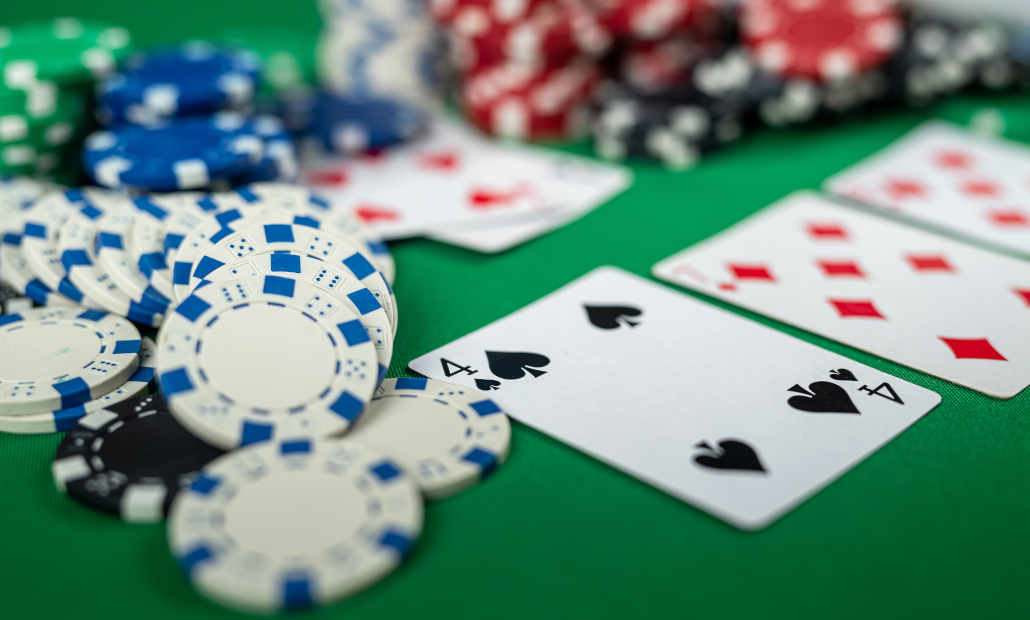
In this situation, you have around an 18% chance of hitting your flush on the turn.
Your risk-to-reward calculation looks like this:
- ($250 / ($250 + $500)) x 100 =
- (250 / 750) x 100 =
- 33 x 100 =
- 33%
So you need around 33% fold equity to make this bet profitable in the long run. However, this calculation was made on the assumption that you have 0% equity when called. As you can see, your hand has around 18% equity when called.
In theory, you only need around 15% fold equity in this situation to make your bet a profitable one.
While your bet size will allow you to calculate how much equity your bluff needs from a theoretical standpoint, there are also other factors that you need to include from a practical standpoint.
Factors That Influence Fold Equity in Poker
In poker, fold equity is influenced by many different factors including:
- The strength of your hand
- The size of your bet
- The tendencies of your opponents
- The texture of the board
- Your table image
Your Hand Strength
The strength of your hand can influence your fold equity in the following way:
- The stronger your hand is, the more fold equity you have.
This is because most of the time in poker when one player has a strong hand, he is blocking a lot of the strong hands that his opponent can have which increases the chance that his opponent will fold.
For example, if you are holding A♠7♠ on a A♦K♥2♠ flop, there is less chance that your opponent has a top pair (since there are only two aces left in the deck) than if you were holding K♠7♠ on a A♦K♥2♠ board (since there are three aces left in the deck).
Now, there are a lot of other factors to consider when determining your opponent’s ranges in poker, but this is just one example of how the strength of your hand can impact your fold equity.
How Bet Sizing Can Impact Your Fold Equity
When it comes to bet sizing, the bigger your bet is, the more fold equity you have.
This is because the bigger your bet is the worse the odds your opponent is getting are, which means that, in theory, he should call with a narrower range.
For example, if you are betting $50 into a $100 pot, your opponent’s pot odds are 25% (he has to risk $50 to win $200), which means that his hand only needs 25% equity to continue against your bet.

On the other hand, if you bet $100 into a $100 pot, now your opponent’s pot odds are 33% (he has to risk $100 to win $300), which means that his hand needs 33% equity to continue against your bet.
But remember, bet sizing is only one of the factors to account for. You should not be going around expecting that your opponents will fold every time you make a big bet.
How Your Opponent’s Tendencies Can Impact Your Fold Equity
Your opponent’s play style can have a significant impact on your fold equity in poker. This is why it is important to understand your opponent’s tendencies to determine how likely they are to fold in a certain spot.
For example, tight opponents usually play more cautiously, which means that they are more likely to fold to bets and raises even with a decent hand.
Loose opponents play more recklessly and are likelier to call bets and raises even with marginal hands.
While each situation in poker is specific, on average, you should have higher fold equity in pots against tight opponents than in pots against loose ones.
Importance of the Board Texture
Another important factor that has a big impact on your post-flop fold equity is board texture.
Generally speaking, there are two main types of boards:
- Dry boards
- Wet boards
Dry boards are those that offer few drawing possibilities, while wet boards provide plenty of opportunities for draws.
Here are two examples of dry boards in poker:
- A♠7♦2♣
- K♦8♠3♣
And here are two examples of wet boards:
- 7♠8♣9♦
- Q♥J♥10♠
In general, wet boards increase the likelihood of your opponent having a draw thus decreasing your fold equity. Dry boards decrease the chance of your opponent having a draw thus increasing your fold equity.
For this reason, continuation betting on a dry flop as the preflop raiser is one of the most common and efficient bluffing spots in poker.
How Your Table Image Impacts Your Fold Equity
In games in which you are playing against well-known opponents, your table image will be one of the most important factors for determining how much fold equity you have.
If your opponent perceives you as a tight player who plays conservatively and goes to showdown only with strong hands, you will get more credit when you make a bet.

This can increase your fold equity because your opponents may be more inclined to fold weaker hands or marginal holdings.
On the other hand, if you have a loose table image, and your opponents perceive you as someone who plays a lot of hands and frequently goes to the showdown with weaker holdings, they are less likely to give you credit when you make a bet.
This kind of table image can significantly decrease your fold equity and make your opponents call you with marginal hands or even raise you with a wide range of hands.
Final Thoughts About Fold Equity in Poker
Each time when you are debating if you should bluff or not, you should be thinking about how much fold equity you have or, in other words, how likely your opponent is to fold to your bet.
Furthermore, depending on the situation and for an even more accurate assessment, you should include factors such as the size of your bet, the tendencies of your opponent, the board texture, and your table image.
While all of this might seem overwhelming at first, the more you play and study the easier it will be for you to correctly calculate your fold equity.
Developing and perfecting this approach will do wonders for your bluffing game and allow you to significantly increase overall returns in poker.
- Poker Squeeze Play – Which Hands Make the Most Sense for Squeezing? - August 10, 2023
- How to Play Low Pocket Pairs in Texas Hold’em - July 29, 2023
- How to Make Deep Runs in MTTs More Often - July 22, 2023











